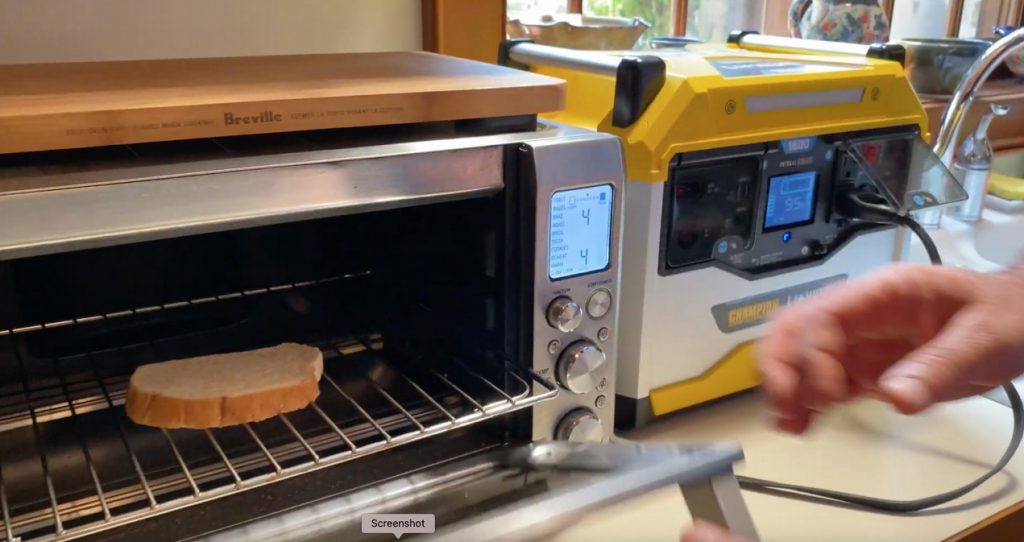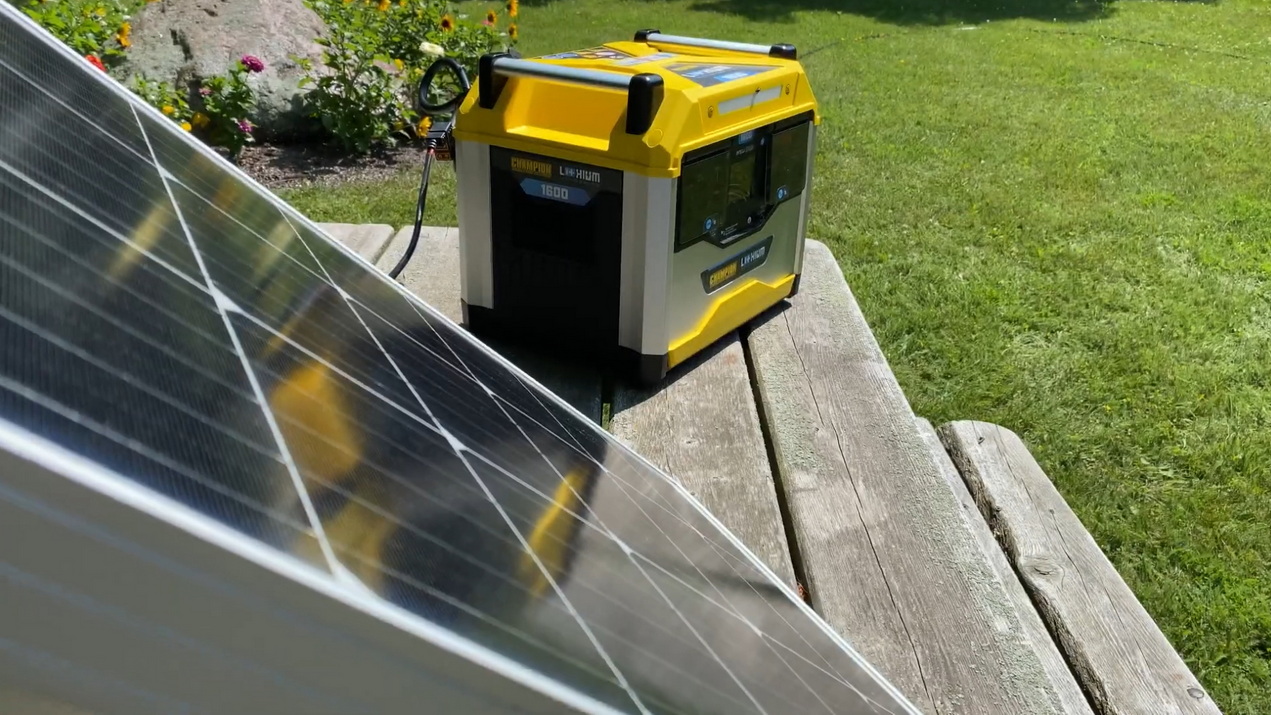If you’re concerned about having electric power at your home during an outage, there are three main ways you can deal with it, including an emerging option that’s getting better all the time: portable solar generators.
The oldest approach to ensuring some level of energy security is a portable, gasoline-powered generator connected to your home with a cable, and it works well if you want moderate amounts of power for a minimal investment.
Then there’s the option of a home standby generator (HSB). These stationary units sit on the ground, permanently wired to your home, turning themselves on or off as needed depending on whether the grid is live or not. HSBs burn propane or natural gas and they’re the most expensive option, but they also provide most or all the power your house needs during an outage.
Portable solar generators are the third option and the newest. Though limited in power output and run time, these units also have unique advantages: they don’t burn fuel; they make no noise; and they keep providing power indefinitely, even when fuel becomes scarce or non-existent during an extended outage. Portable solar generators also recently crossed an important threshold of usefulness.
How they work
All portable solar generators have two main parts. There’s a lithium battery in a carrying case with outlets that provide different types of power wherever you carry the unit. Then there’s the solar panel that converts sunlight into electric power for recharging the battery. Recharging can also happen from a wall outlet or from a vehicle power port. All this sounds good, but there’s a limitation you need to know about.
Even the best, most widely available large portable solar generators only put out 1,000 to 2,000 watts continuously at the most, which isn’t a ton of power. Your countertop kettle, for instance, uses about 1,200 watts while running. Same for a microwave or toaster.
And portable solar generators can only run these things for about an hour before the internal battery is depleted. All this boils down to what I call “unlimited limited power.” There’s always more to harvest from the sun, but even though solar generators never deliver power in large quantities, they can be recharged whenever the sun is shining.
Real-life experiences

I’ve been testing portable solar generators ever since I first saw them five years ago. Back then most of these quirky little things put out only 200 or 300 watts. Since then, capacities have increased, along with usefulness.
The best unit I’ve found so far in my testing is made by Champion. Their model #100594 puts out 1,600 watts continuously and twice that much for short periods of time — numbers that cross an important threshold of usability.
With 1,600 watts at your fingertips, you can do a number of things one at a time: boil a kettle of water, heat something in the microwave, keep the food in your fridge or freezer cold, and keep water running if you have a well — while also charging your phone or computer. Additional battery packs can be added for longer run times.
I’ve been using this Champion model for different things here at my place over the last year, including running power tools and lighting away from the grid, operating small countertop appliances, and a measured test where I saw how long this unit could power a water well pump during typical use with a family of three. Each charge delivers one full day of flowing water for taps, washing machines and showering.
Portable solar generators are here to stay and getting better all the time. They’re different from other options and provide useful value even when the grid is operational.


